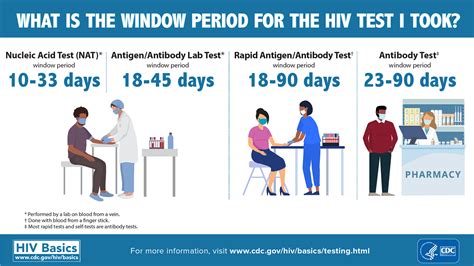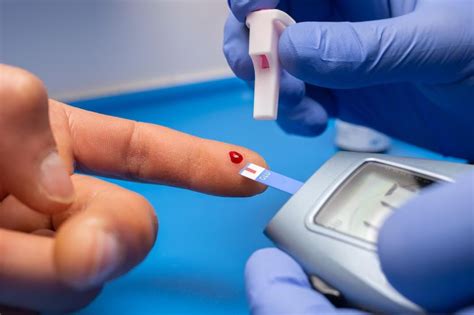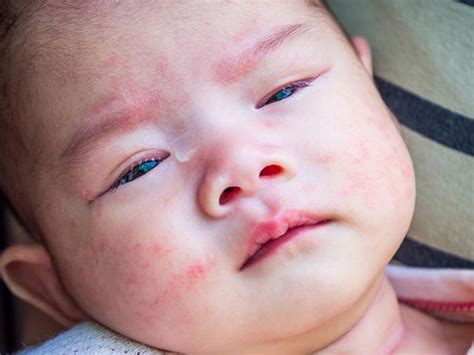Human Immunodeficiency Virus, commonly known as HIV, is a complex and multifaceted condition that affects millions of people worldwide. Despite the significant progress made in understanding and managing the virus, many individuals remain unaware of the symptoms, transmission methods, and the importance of early testing. This lack of awareness can lead to delayed diagnosis, which in turn can have severe health consequences. It is crucial, therefore, to understand the symptoms of HIV and to get tested if there’s any suspicion of exposure.
Understanding HIV
HIV is a virus that attacks the body’s immune system. If not treated, it can lead to AIDS (acquired immunodeficiency syndrome). The virus specifically targets CD4 cells (T cells), which play a critical role in helping the immune system fight off infections. As the virus progresses, it destroys more and more of these cells, making it harder for the body to fight off infections and disease.
Early Symptoms of HIV
The early stages of HIV infection can present with symptoms that are often nonspecific and can be easily mistaken for other common illnesses. These may include:
- Flu-like symptoms: Many people experience flu-like symptoms within 2 to 4 weeks after HIV infection, which can include fever, chills, rash, night sweats, muscle aches, sore throat, mouth sores, swollen lymph nodes, diarrhea, and abdominal cramps.
- Fatigue: Feeling extremely tired or weak is a common symptom that persists beyond the initial flu-like phase.
- Skin rashes: Some individuals may develop skin rashes or lesions.
- Swollen lymph nodes: Often, one of the first signs of HIV infection, swollen lymph nodes in the neck, underarm, or groin can occur.
- Oral thrush: A fungal infection that causes white patches on the tongue or mouth can be an early sign of immune system dysfunction.
- Genital or anal ulcers: Painful sores in the genital or anal area can be symptoms of acute HIV infection.
It is essential to note that some people may not exhibit any symptoms at all for many years after the initial infection, during which time the virus continues to replicate and progressively damage the immune system.
The Importance of Early Testing
Given that the early symptoms of HIV can be similar to those of many other illnesses and that many people do not exhibit any symptoms at all, testing is the only reliable way to determine if someone has HIV. Early detection and treatment can significantly improve the quality of life for individuals living with HIV and can also prevent the transmission of the virus to others.
There are several types of HIV tests, including:
- Antibody tests: These tests detect the antibodies the body produces in response to the HIV virus and can be performed on blood, oral fluid, or urine. It can take the body up to 3 months (the “window period”) to produce these detectable antibodies after infection.
- Antigen/antibody tests: These tests detect both the antibodies and the p24 antigen, which is part of the virus itself, allowing for earlier detection than antibody tests alone.
- Nucleic acid tests (NAT): These tests detect the actual virus in the blood, making them the most sensitive type of test and capable of detecting HIV the earliest, even before antibodies or antigens are present.
Getting Tested
Getting tested for HIV is a straightforward and confidential process that can be done at various healthcare settings, including doctors’ offices, clinics, and testing centers. The Centers for Disease Control and Prevention (CDC) recommends that everyone between the ages of 13 and 64 get tested for HIV at least once as part of routine health care. Those with higher risk factors, such as having multiple sexual partners, engaging in unprotected sex, or using intravenous drugs, should get tested more frequently.
Treatment and Management
While there is no cure for HIV, early diagnosis and antiretroviral therapy (ART) can effectively manage the condition, significantly reduce the risk of transmission, and improve life expectancy for those living with the virus. ART involves taking a combination of HIV medicines every day to control the virus, and adherence to treatment can lead to viral suppression, where the virus is undetectable in the blood.
Living with HIV
Individuals living with HIV, with proper treatment and care, can lead long and healthy lives. The key is early detection, consistent treatment adherence, and maintaining a healthy lifestyle. This includes eating a balanced diet, exercising regularly, avoiding smoking, and limiting alcohol consumption.
Reducing Stigma and Encouraging Testing
The stigma associated with HIV can prevent people from getting tested and seeking medical care. Educating oneself and others about HIV is crucial in reducing this stigma. It’s also important to support policies and programs that provide access to confidential HIV testing and treatment.
Conclusion
HIV is a manageable condition when detected early and treated properly. Understanding its symptoms, recognizing the importance of testing, and pursuing treatment can greatly improve the quality of life for those affected. By fostering a supportive environment that encourages testing and treatment, we can work towards reducing the impact of HIV and eventually towards its eradication.
What are the early symptoms of HIV?
+The early symptoms of HIV can include flu-like symptoms such as fever, chills, rash, night sweats, muscle aches, sore throat, mouth sores, swollen lymph nodes, diarrhea, and abdominal cramps. Some individuals may also experience fatigue, skin rashes, swollen lymph nodes, oral thrush, and genital or anal ulcers.
Why is early testing for HIV important?
+Early testing for HIV is crucial because it allows for the initiation of antiretroviral therapy (ART), which can significantly slow down the progression of the disease and reduce the risk of transmission to others. Early detection also improves the chances of managing the condition effectively and living a long and healthy life.
How can HIV be managed and treated?
+HIV is managed and treated with antiretroviral therapy (ART), which involves taking a combination of HIV medicines every day to control the virus. This treatment, when adhered to properly, can lead to viral suppression, significantly reduce the risk of transmission, and improve life expectancy for those living with the virus.
Can HIV be cured?
+As of now, there is no cure for HIV. However, with proper treatment and care, individuals living with HIV can lead long and healthy lives. The focus is on managing the condition through antiretroviral therapy (ART) and maintaining a healthy lifestyle.
How can the stigma associated with HIV be reduced?
+The stigma associated with HIV can be reduced through education, supporting individuals affected by the virus, and fostering a supportive environment that encourages testing and treatment without fear of judgment. Raising awareness and promoting understanding of HIV can also play a significant role in reducing stigma.



